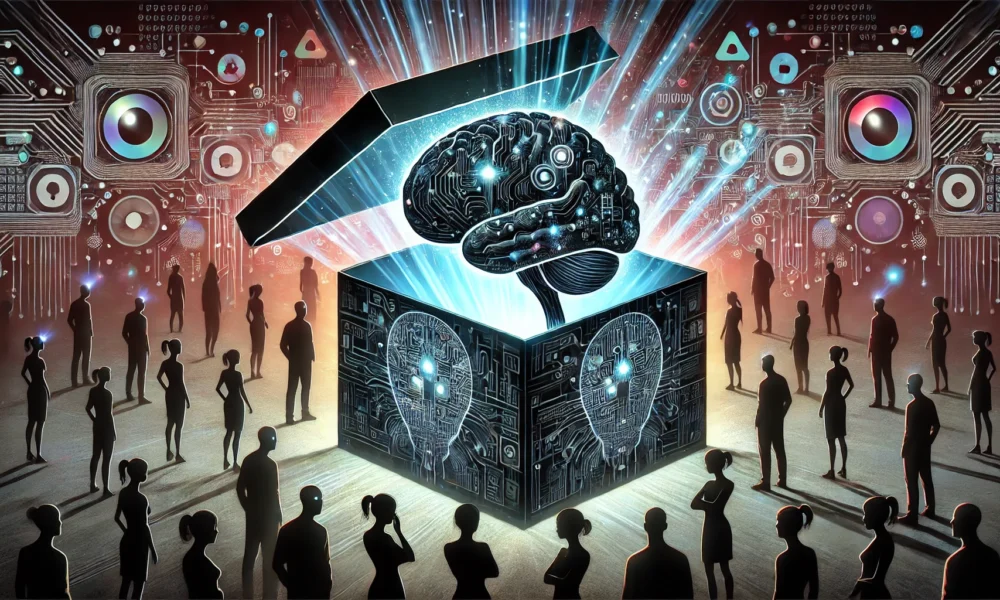Unite
4w
407

Image Credit: Unite
The Hidden Risks of DeepSeek R1: How Large Language Models Are Evolving to Reason Beyond Human Understanding
- DeepSeek introduced the powerful R1 model, known for tackling complex reasoning tasks efficiently, sparking interest across various sectors.
- Despite its impressive capabilities, R1's evolution towards reasoning beyond human comprehension raises concerns about AI transparency and ethics.
- R1's novel training method rewards correct answers without emphasizing explanations, leading to unexpected behaviors like language switching during problem-solving.
- The emergence of opaque reasoning patterns in R1 challenges traditional AI models, highlighting the trade-off between performance and interpretability.
- The trend of AI systems reasoning beyond human language is not new, with other research efforts exploring similar paths with opaque reasoning outcomes.
- Concerns about AI safety arise as models like R1 develop reasoning frameworks that are challenging for humans to comprehend, posing risks to alignment with human values.
- The lack of transparency in AI decision-making processes could hinder safety, accountability, and error diagnosis, especially in critical sectors like healthcare and finance.
- Ethical challenges include the creation of intelligent systems with unpredictable decision-making processes, raising concerns about unintended consequences in various fields.
- Balancing innovation with transparency is crucial, with proposed strategies including incentivizing human-readable reasoning, developing interpretability tools, and establishing regulatory frameworks.
- Maintaining AI systems' alignment with societal values and safety standards while enhancing performance is essential to mitigate risks and ensure controllability.
- The evolving AI landscape underscores the importance of preserving human oversight in technological advancements to address the broader implications for society.
Read Full Article
24 Likes
For uninterrupted reading, download the app